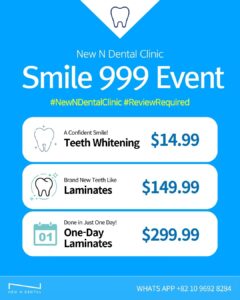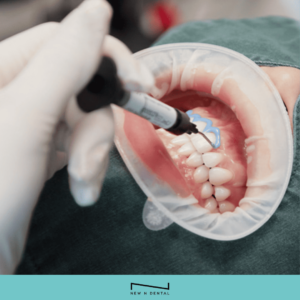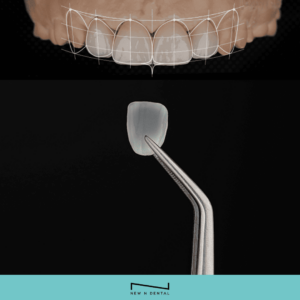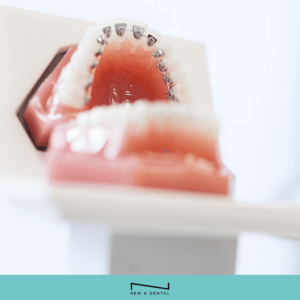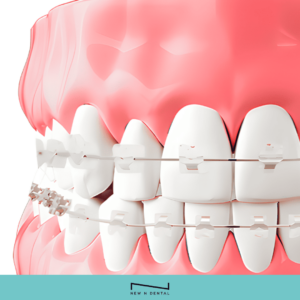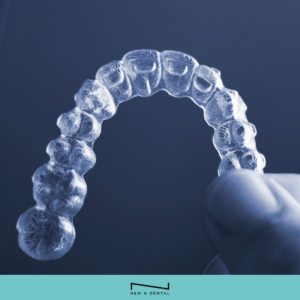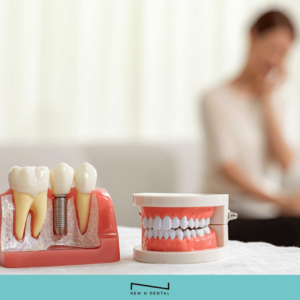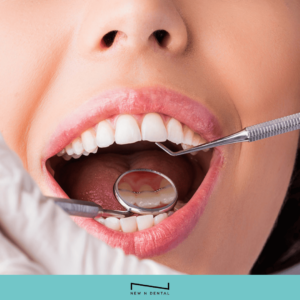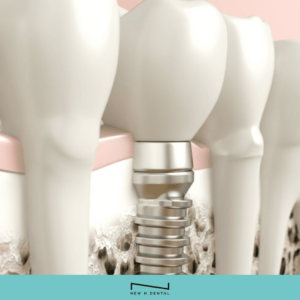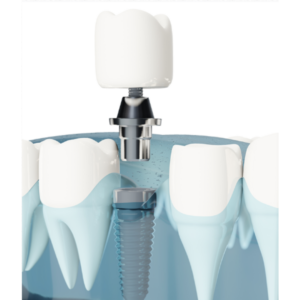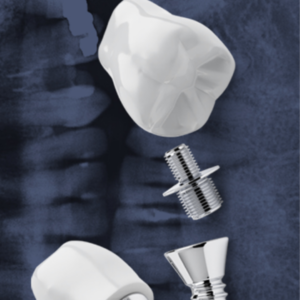PERIODONTAL TREATMENT
Periodontal Therapy to Maintain Healthy Bones and Gums
Periodontal disease, commonly referred to as gum disease, is a condition that affects the health of the gums. Depending on its severity, it is classified into two main types: gingivitis and periodontitis.

01
| PERIODONTAL TREATMENT
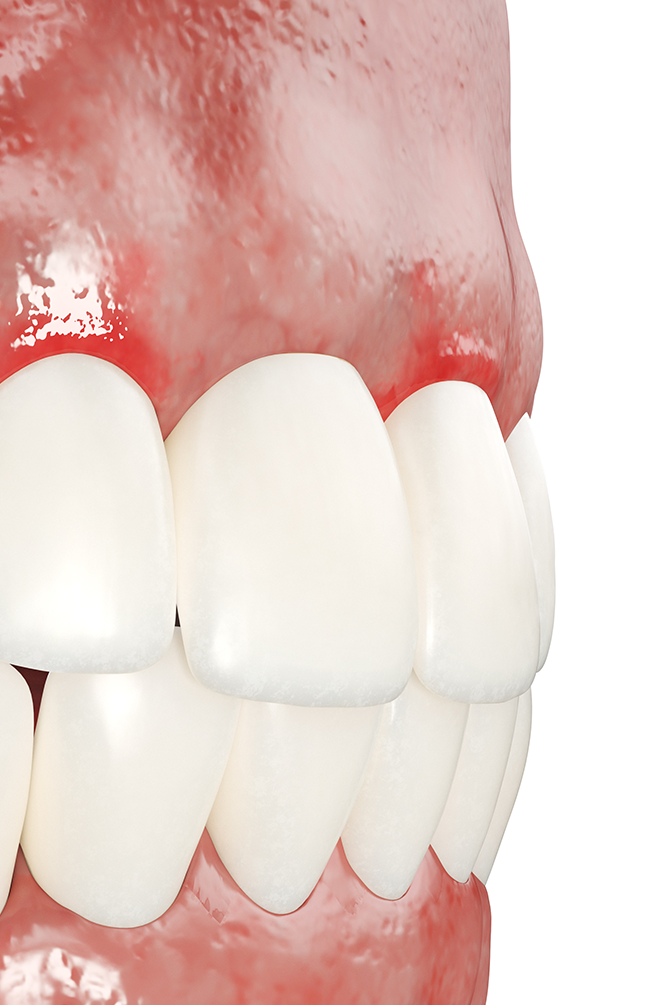
Periodontal Treatment
Gum disease often presents symptoms late in its development and can have severe consequences once it has progressed, underscoring the importance of receiving timely diagnosis and treatment.
Therefore, it’s crucial to regularly visit the dentist for checks to catch any signs early. Unlike cavities, gum disease usually progresses with minimal to no pain, leading many patients to seek treatment only after the disease has advanced significantly, often making it too late for preventative measures.
Scaling, a key component of periodontal therapy, is eligible for health insurance coverage.
20+
Years of Experience
02
| CAUSE
Causes of Periodontal Disease
Periodontal disease is an oral condition that causes inflammation in the gums, periodontal ligaments, and alveolar bone tissue which support the teeth.
The mouth is home to a large number of bacteria. Plaque, composed of these bacteria and the toxic substances they produce, can be removed with brushing. However, when it adheres to gums, teeth, and the spaces between teeth, it becomes challenging to eliminate and can lead to inflammation.
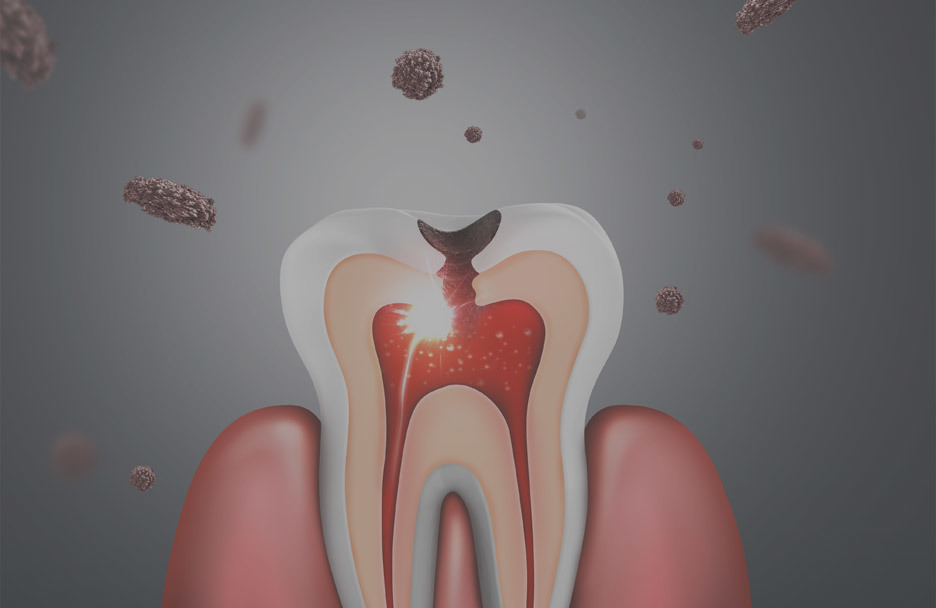
03
| POINT
Stages of Periodontal Treatment
Gingivitis, a relatively mild and quickly reversible condition, is characterized by inflammation limited to the gums. When this inflammation extends beyond the gums to affect the surrounding bone tissue, it is classified as periodontitis.
01
Healthy State
The gums around the teeth are pink, and there is no bleeding from the gums.
02
Gingivitis (Early to Mid-stage)
Inflammation appears limited to the gums, manifesting as swelling or sensitivity in the teeth.
Periodontitis (Mid to Advanced-stage)
Tartar progresses towards the root, causing deepening inflammation and resulting in loss of the alveolar bone.
04
Advanced Periodontitis
Significant loss of alveolar bone leads to teeth becoming loose and eventually falling out.
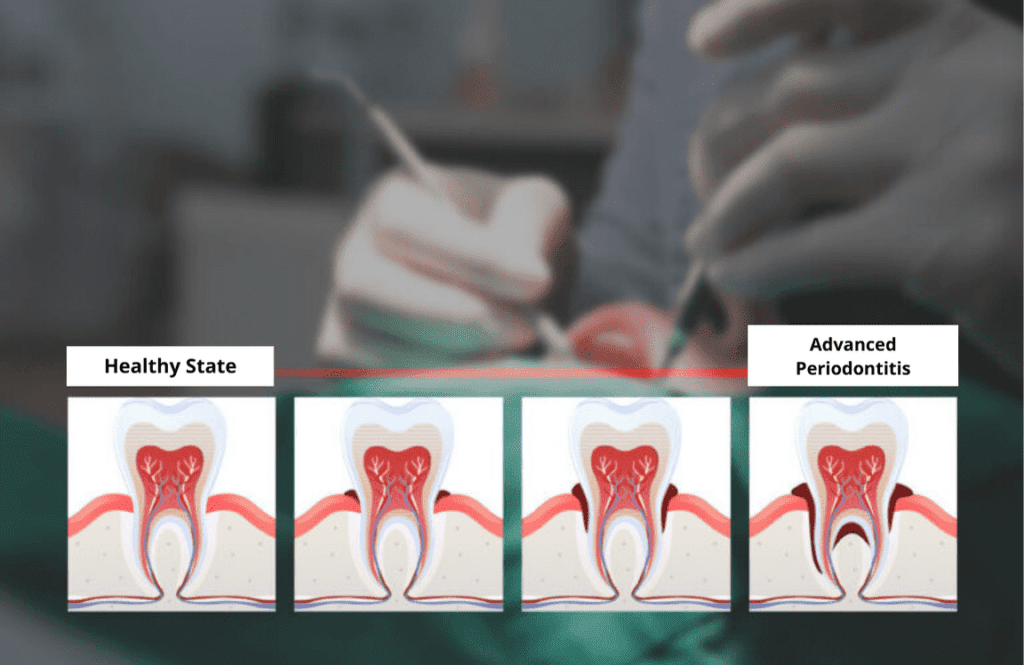
04
| PROCESS
Key Symptoms of Periodontal Disease
Bleeding and pain during brushing.
Persistent bad breath even after brushing.
Gum recession exposing the roots of the teeth.
Red, swollen gums.
Increased looseness of the teeth.
Malocclusion, or changes in the way the teeth fit together.

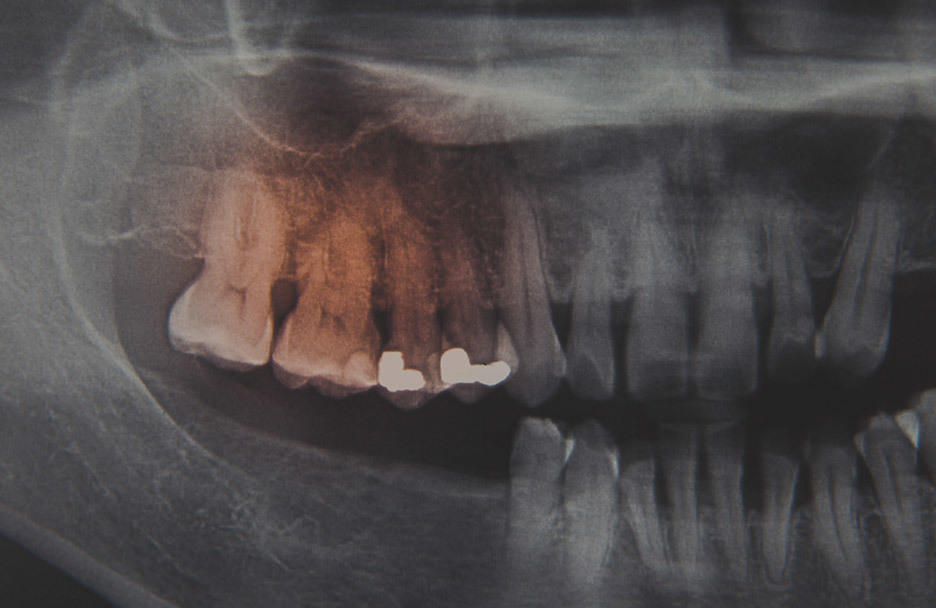
05
| METHOD
Periodontal Disease Treatment Methods
01
Scaling
Plaque combines with the minerals in saliva to form hard tartar, which adheres to the teeth and gums. Tartar contributes to the development of gingivitis, and once it has formed, it cannot be removed by brushing alone. A visit to the dentist for scaling is necessary to remove this tartar.
02
Gum Treatment
In cases where tartar has accumulated deep under the gum line and is difficult to remove with scaling, painless anesthesia is administered, and a gum treatment is performed to remove the tartar from beneath the gums.
03
Gum Surgery
When periodontal tissue is severely affected and there is extensive loss of the alveolar bone, painless anesthesia is administered, and gum surgery is performed. This involves making an incision in the gum to open up the tissue, allowing direct observation and removal or trimming of the necrotic tissue.
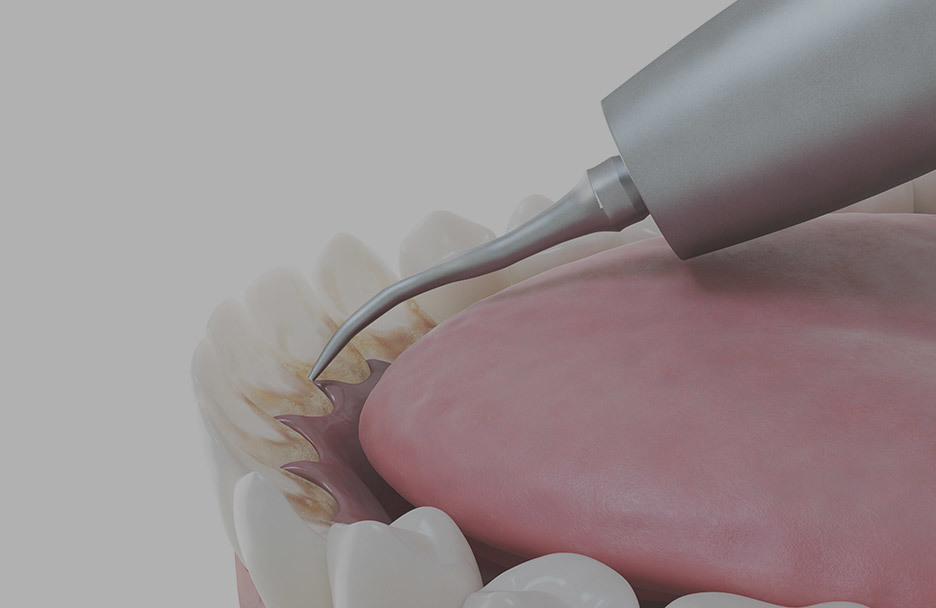
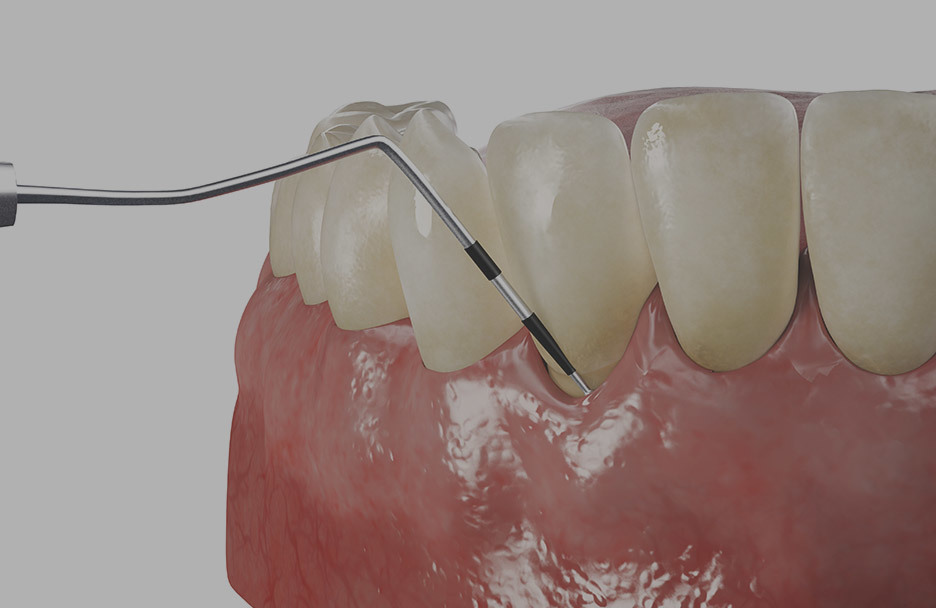




Highly Skilled Medical Team
New N Dental boasts a dedicated team of highly trained medical professionals. Each member has extensive digital clinical experience and holds specialist certification from the Ministry of Health and Welfare.
System for Effective Treatment Planning
New N Dental stands out by aiming for the best treatment results. This is achieved through the use of state-of-the-art equipment and the implementation of a well-organized management and operation system.
Patient-centered Care
At New N Dental, we prioritize patient-centered care.
From the very first diagnosis through treatment planning, the treatment itself, and post-treatment management, our system is designed with the patient's needs in focus at every stage.
Fast and Satisfying One-Day Treatment
With the aid of digital diagnostic systems such as 3D-CT, X-Ray, Morpheus 3D, and TRIOS 5, the number of visits and waiting times are drastically reduced, offering safe and responsible care within a detailed plan.
